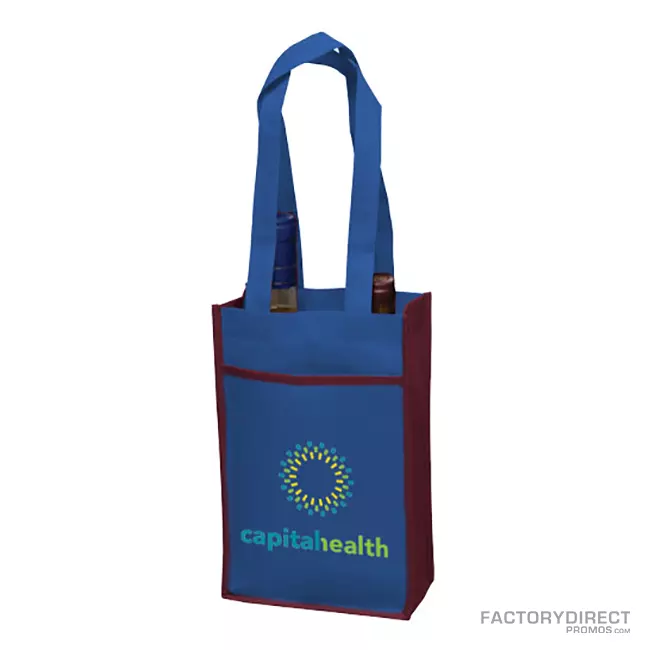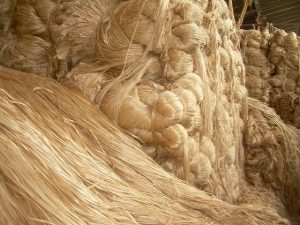Jute Reusable Grocery Bags– green fiber with the golden future?

It’s called ‘the golden fiber’, and its long glistening threads are often touted as one the most environmentally-friendly of fabrics. But whether jute is found easing your load when shopping, woven into sustainable clothing – or even spun into a fine faux silk – how do those claims of being the green material of choice stack up? What lies behind the push to make jute the eco-fabric of our time?
Jute is a fiber with a long history – grown and used by people living on the flat river plains of Bangladesh, for hundreds of years. In the last century or so its strength and durability – as well as its low cost – led to jute being put to use across the world, in sacking, ropes and bags. However, over the last 50 years, the synthetic fibers and plastics of the petrochemical industry put paid to many of those uses. Now, as people have begun to realize the damage wrought by industrial pollution – and a throw-away plastic bag culture – natural materials are on the rise again.
And jute has become one of the naturally-grown materials leading the eco-aware textiles renaissance. But that is not just simply because its fibers come from green plants, rather than from an energy-burning petrochemical complex. The jute plant is also one of the simplest, and lowest impact, textile crops to cultivate. It is a fast-growing plant, that shoots up to 12-feet high in a matter of months – with a minimum of water, pesticide or fertilizer required. Its leaves form a valuable fertilizer in their own right, and jute stems can be used for cooking fuel – helping to avoid a creeping deforestation sweeping many tropical forests.
That compares to a rather poorer environmental track record for cotton, the world’s dominant natural fabric. Cotton is behind half of the total pesticides use for all of India’s agriculture – despite being grown on just a twentieth of India’s land. That high pesticide use is bad for the environment, and worse still for the health of farm workers. And in many countries, cotton is a vast drain on local water resources – only able to grow when plied with water pumped from the ground, for its irrigation. Large volumes of water are involved in cotton processing and bleaching, too.
Jute, by contrast, makes relatively little use of water. The stems are soaked in water, in a process called retting, to loosen the fibers; this can affect the local water supply for a short period. But new methods of retting – for example ribbon retting – are helping to reduce even that light burden. Above all, jute is the ultimate renewable textile. It comes from the soil, and is readily returned to it, composting back very quickly. That makes worries about waste, when the fabric is past its useful life, redundant.
The one drawback with jute is that it is a relatively coarse fabric – and so it is often mixed with organic cotton, when used in clothing and bedding products, for example. But with that coarseness comes great strength. This is what makes jute fabrics ideal for use in bags – such as Factory Direct Promos Custom Jute Bag. These reusable bags are made from 100% natural jute, and are exceptionally durable.
The jute Factory Direct Promos custom reusable grocery bags can also be customized with your company logo or message. So, as well as allowing you to reap all the environmental benefits of jute, your organization will gain a strong association with those same benefits, too. And maybe you can be proud to be part of the weaving of the golden-green future of this amazing fabric.

